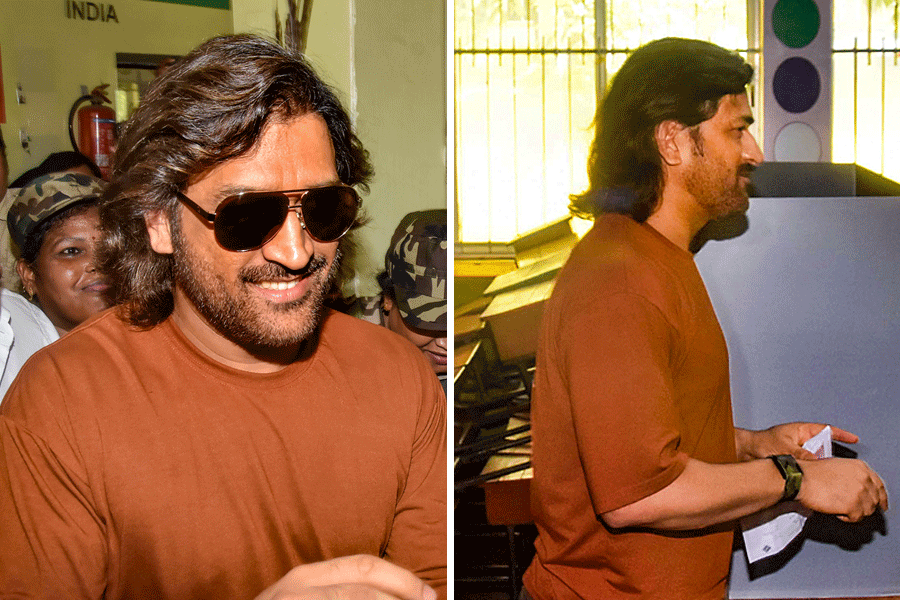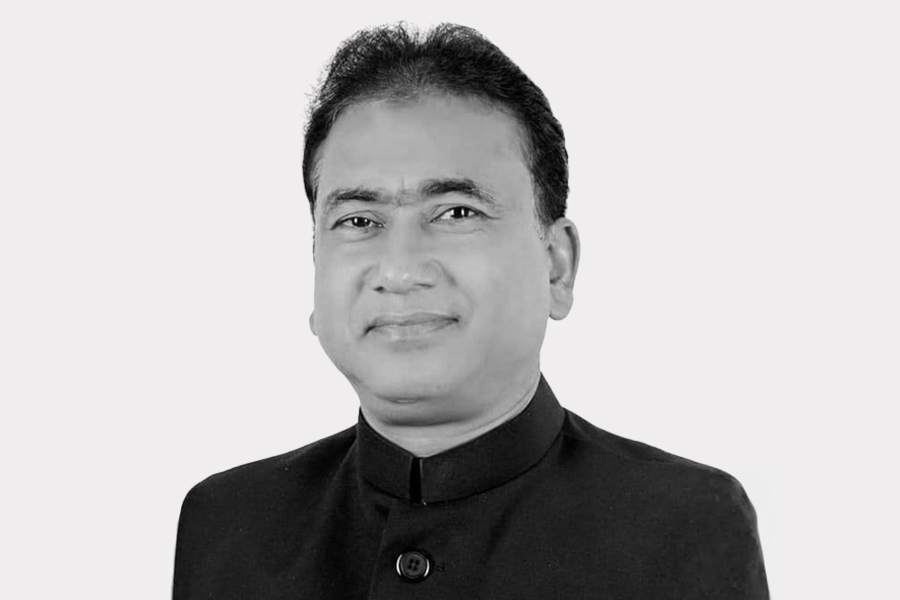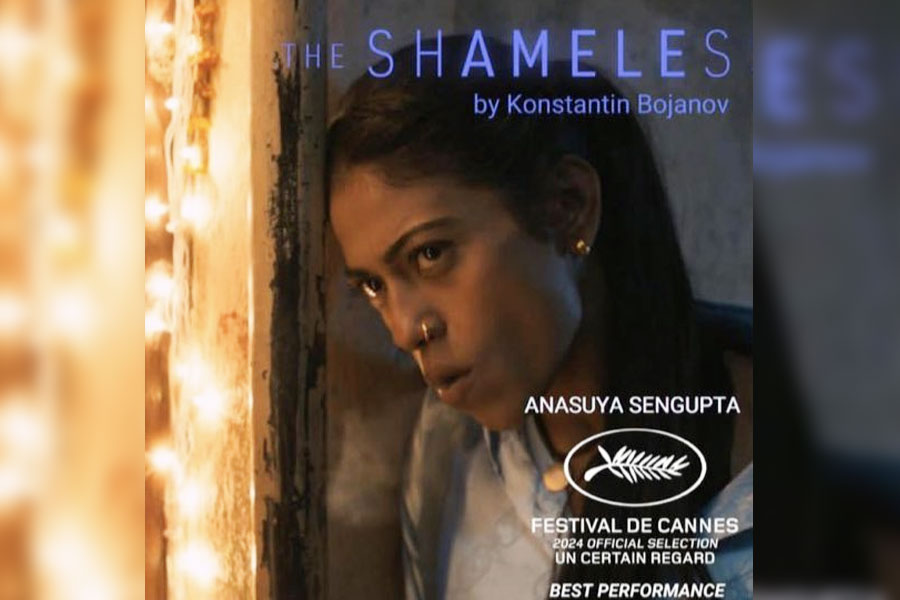 |
| A trade fair in Dhaka. Residents of the Bangladesh capital visit fairs even to buy stuff for daily use. Picture by Poulomi Banerjee |
All Indian cities tend to look alike. Mumbai looks like New Delhi and Calcutta wants to look a bit like the two, its skyline dotted with highrise buildings, shopping malls and flyovers.
Dhaka in the Indian neighbourhood is no exception — and we are not only talking about its close relationship with Calcutta. It’s fighting its own battle with modernity. As with the Indian cities — and many other cities in the world — what peers from behind the swank cars, the mushrooming highrise buildings or the multi-cuisine restaurants in the Bangladesh capital is a traditional city. And residents grumbling that it’s not modern enough. In Dhaka, people complain that it’s not even “as modern as Calcutta”.
In the commercial and residential parts of upmarket Gulshan, the architecture is modern and in many places, quite American. Cute rickshaws dot the streets alongside swank, imported cars, many of them Toyotas, their numberplates in Bengali.
“But we do not have enough highrise buildings. Calcutta has beautiful skyscrapers. Unless you have skyscrapers you can’t have a modern city,” rued Saleh Mujaheed, an executive in a Dhaka firm who visits Calcutta often.
Maybe because the Bangladesh economy has been so dependent on grants from the West in the past and one of the nation’s main industry — textiles — still hinges on international business links, there is a strong attempt at wooing them and copying their culture.
There are schools for the expat community and the markets are flooded with foreign chocolates, cosmetics, accessories and clothes. The locally made garments also reveal this western influence. In fact, whatever is modern in Dhaka, is either imported or modelled on the West.
Yet few women wear jeans. And the Ram Sena would be glad, if a Muslim-majority country could make it glad.
There is no nightlife. Still. You can’t go out at night in Dhaka, especially if you are a woman. Shops close by 8pm. Restaurants by 10pm. A few cafes are open till midnight.
At such a café, Coffee World, popular TV anchor Debashish Biswas was lounging with friends around 11pm. The two girls in the group were wearing pants with kurtis and had stoles wrapped around them. Though that might have been because of the nip in the air. The attire in itself is a mark of a liberated woman in Dhaka.
“There is no nightlife. There is some live music, but it’s jazz for the old people. Nothing for the youngsters. We throw a private party when we want to have fun,” said Debashish. One of the girls in the group said she was out only because she was with her husband.
“There is no freedom on television. If I want to say something remotely political or satirical, I cannot. Everything is heavily censored,” rued Debashish.
Night-time entertainment is Balika Vadhu on television — all Indian television channels are available in Dhaka — and Bollywood, mostly pirated. “We get the DVDs within a few days of a film’s release in India. Singh is Kiing became very popular. Thanks to these films, our children can speak very good Hindi,” smiled Mujaheed.
The food is inexhaustible — and excellent. Starting from kacchi biryani — a Bangladeshi favourite — to an array of kebabs to bhartas and tandoori preparations, the food is to die for. But it has not been spared by globalisation. Every traditional buffet will include noodles and other Chinese dishes. So will a Continental breakfast spread at a five-star address, perhaps because Dhaka caters to many from South East Asia and the West, who might find Chinese more palatable than spicy tandoori fare.
And in a run down village market on the outskirts of the capital, you find imported apples in neat little covers!
The warmth of the hosts remains exhaustible too, but totally traditional. From the phuchkawallah to the boutique owner, everyone welcomes with a “ashun apu (come in, sister)”.










